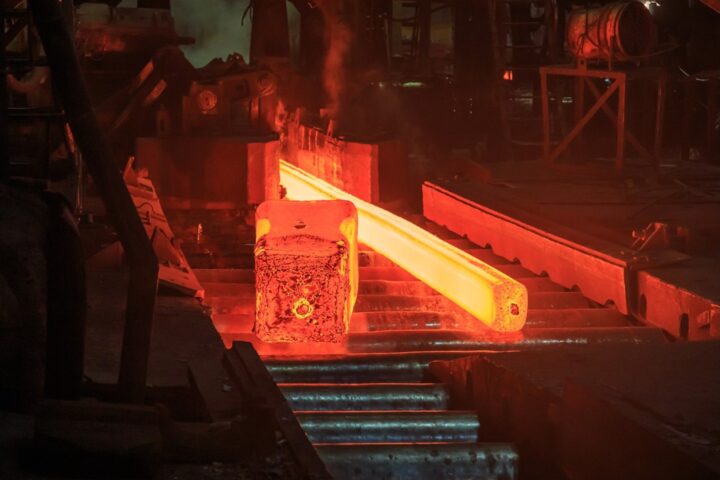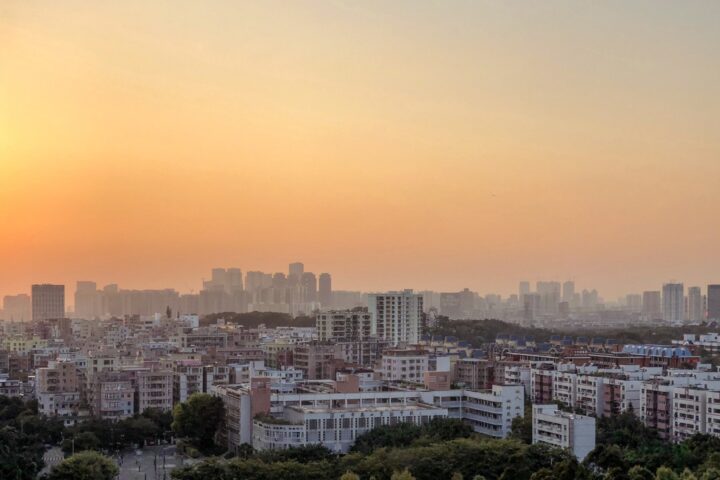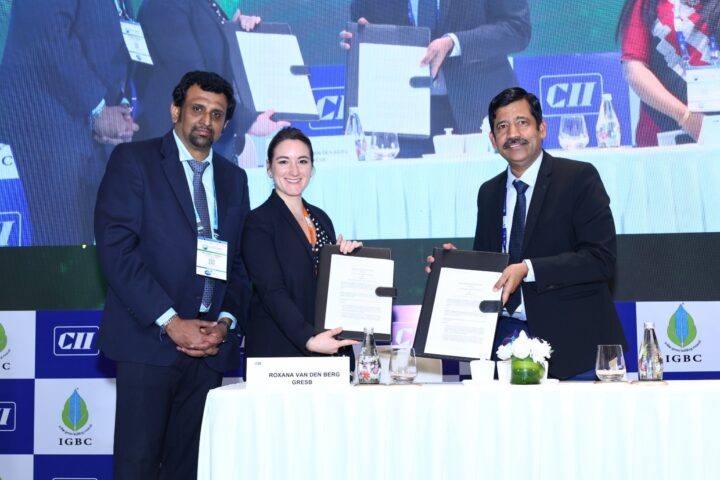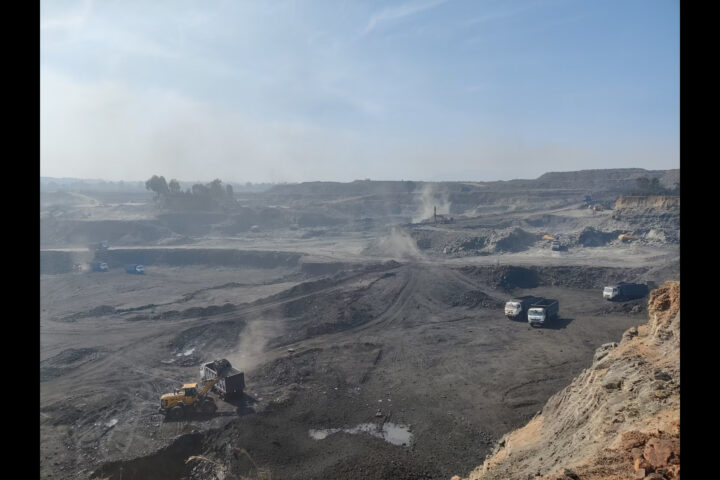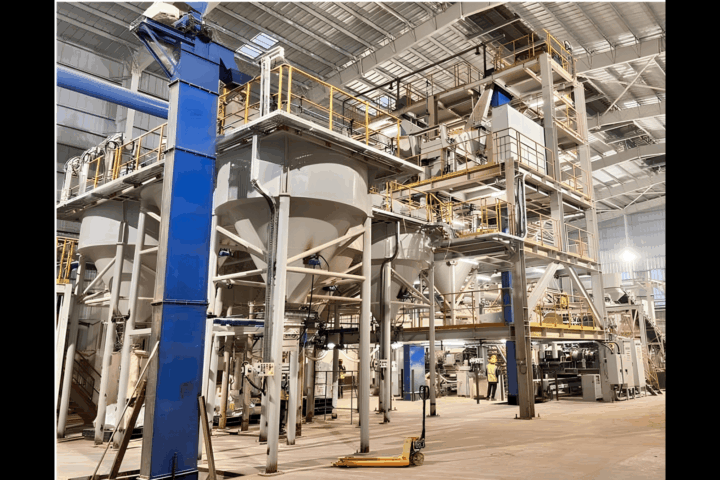Post relaxation in lockdown, how is the market for residential real estate shaping up in India?
Residential real estate has seen buoyancy post lockdown on account of various factors. Government measures such as reduction in stamp duty in Maharashtra, West Bengal and Karnataka (only for first time registrations) have been very successful in fueling demand in the beleaguered sector. Other factors like historically low interest rates, pent up demand, improving investment sentiments, need for larger and safer homes and attractive rates/ discounts offered by developers have resulted in healthy growth in the residential real estate market. Sales have seen a growth of more than 65% y-o-y in H1CY21 (Source: Knight Frank) and there has been a decline in inventory levels as well which resulted in developers coming up with new launches during the same period. Also, the fact that property prices have remained largely stable over the last few years has added to the affordability quotient of the buyers.
Is there any shift in buyer’s preference for location considering health and safety concerns as Covid-19 virus is still active?
Certainly, work from home and online education has prompted a change in consumer preferences in larger cities. There is now an increased need for larger space especially for families with working couples and children. Also, consumers are preferring projects with large open spaces along with amenities. The demand for mid-segment houses (~Rs 50 lakhs), in tier 2 and tier 3 cities, is increasing more than ever in the present remote working environment, not to mention the looming threat of the new virus variant.
Which are the cities that are witnessing maximum residential sales post relaxation in lockdown?
Though initially there was an expectation of prolonged reverse migration to tier 2 and tier 3 cities, this has not held true due to resumption of offices in a phased manner and adoption of hybrid work culture rather than permanent work from home. Hence, larger cities, especially where income disruption during the lockdown was less, continue to see healthy growth. Also, cities with IT/ITeS and finance hubs (Mumbai, Bangalore, Pune and Hyderabad, etc) witnessed better sales owing to an increase in hirings in IT/ITeS & financial sector.
How is the hike in building materials prices affecting the residential real estate sector?
Building materials especially steel (TMT bars) and cement have witnessed an increase in FY22 with cement prices going up by more than 5% and steel (TMT bars) prices up by around 40% y-o-y in H1FY22. Developers may not be able to pass on the increase in input costs to the customers in the current scenario due to fear of demand slowdown and may take a hit on margins in order to safeguard volumes. The various flexible payment options offered to entice the customers’ buying decision could play its part in the returns earned by developers. Looking at the generally weak financials of developers, an increase in property prices is imminent going forward to cover the increase in input costs.
Your take on the government policies and regulations and the tweaks required to propel the residential real estate sector?
Providing an incentive to buy has proved to be the best alternative to fuel growth in the residential real estate sector. As has been seen in the markets that have offered cuts in stamp duties, sales can be pushed through providing the right incentives to buy. The accelerated pace of vaccination witnessed in the country has been the antidote (literally) for this ever struggling sector and has also increased site visits, which expectedly have improved sales. The build-up of inventory over the last many years has led to high leverage and low liquidity among developers. The recent relief measures like tax incentives, stamp duty reduction and low interest rates scenario has pushed the pressure off the sleeves with significant reduction in inventory. Further, the current demand of housing in urban areas is estimated to be ~11 million units. Under the Pradhan Mantri Awas Yojana (PMAY) scheme of the Union Ministry of Housing and Urban Affairs, the government plans to build 20 million affordable houses in urban areas by 2022 and this will lead to measured growth in the residential sector. Providing further incentives or extending the tax relief measures can provide a significant boost to the sector, especially if the current eminent threat of the new virus variant looms large.
It has been more than five years of RERA. How is this act benefitting / affecting residential real estate developers in India?
RERA was formulated in March 2016, to improve the real estate market, encourage transparency and accountability. The act has certainly instilled confidence among the home buyers and played a crucial role in bringing back the demand for the sector by plugging the loopholes in the system. Developers have also benefited from the act as registered projects get funding easily and the buyers’ trust makes it easy to liquidate inventory. The act was instrumental in the exit of many small / inefficient developers and resulted in consolidation in the sector. RERA has ensured timely resolution of disputes and interest or compensation if a project is delayed, both of which go a long way in protecting the end consumer’s interests.
What are the prime challenges faced by residential realty players in India?
Given the weak profile of developers, it is not easy to elicit buyer interest in under construction properties, thereby making it difficult for developers to fund the construction of properties. This will lead to further consolidation with a few large developers cornering the market providing them with more pricing power going forward. Relatively lower rental yields, demand supply mismatch leading to high unsold inventory and projects getting stuck (for various reasons) at different stages of implementation are the key challenges of the residential real estate market in India.
Economic recovery coupled with ongoing finance crunch has taken a toll on realty developers. Can you please share with us the investment inflow in residential real estate?
In terms of investments and fund raising in the real estate sector (residential and commercial), foreign portfolio investors’ assets under custody (AUC) increased by 140% y-o-y to Rs 63,862 crore as on October 2021 (Source: NSDL). Improving investor sentiments were reflected in declining inventories in tier-1 cities. There has been an active participation in the Real Estate Investment Trust (REIT) issuances, with three REITs getting listed in the last two years, and Rs 13,000 crore have been raised cumulatively. REIT, as an investment avenue, has garnered a good response from investors and more such issuances are expected going forward.
Will the recovery phase in residential real estate continue? Your take
Given the decrease in Covid-19 cases and increased vaccination coverage (over 124 crore doses of vaccine have been administered in the country as on 1 December 2021), the overall macro environment is expected to remain strong, supported by improved demand in an era of the lowest interest rates ever witnessed in India. While pent up demand has helped keep the sector afloat amid the pandemic, the launches lined up by real estate developers would actually offer the support required for continuing the growth momentum.









